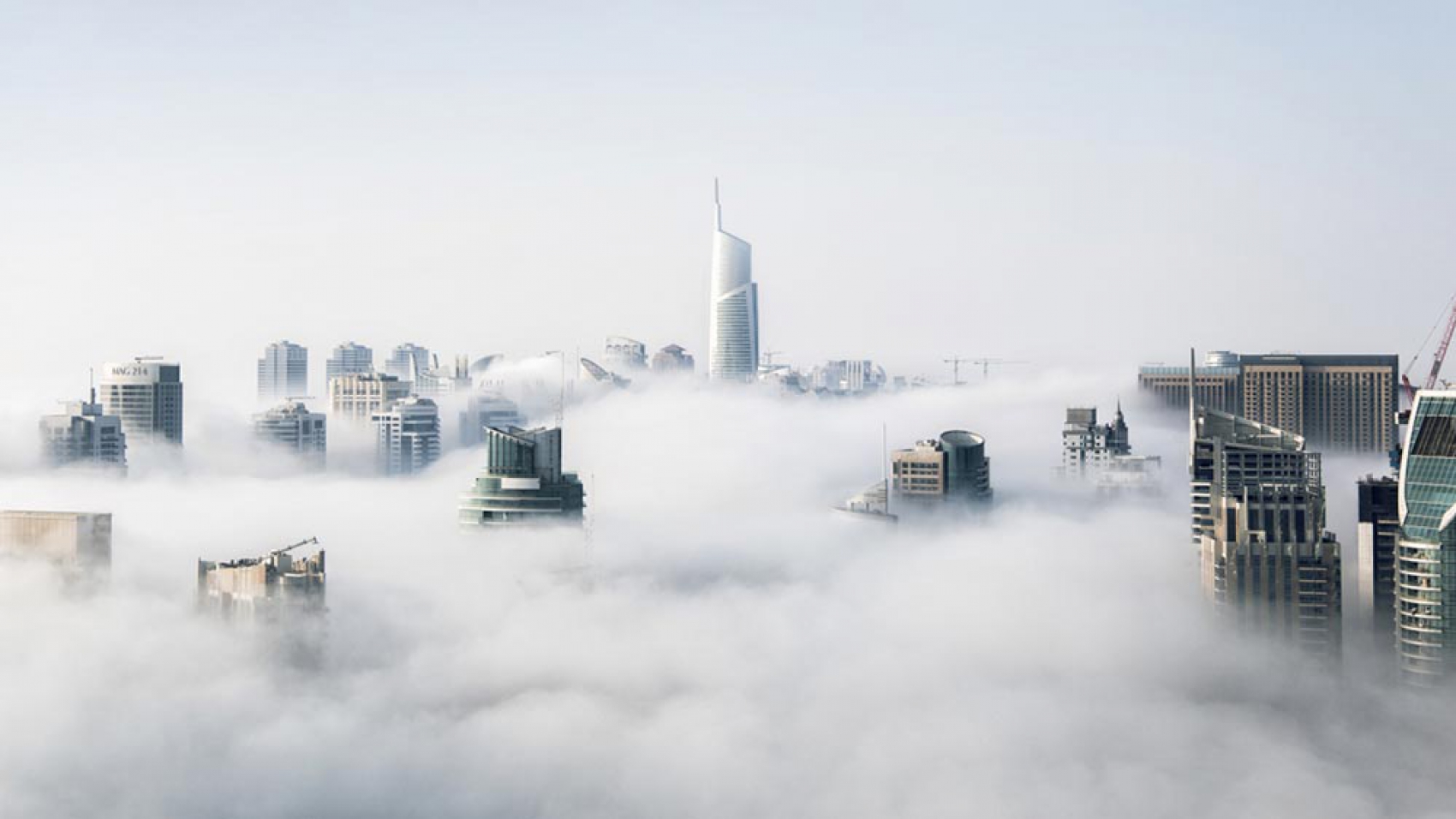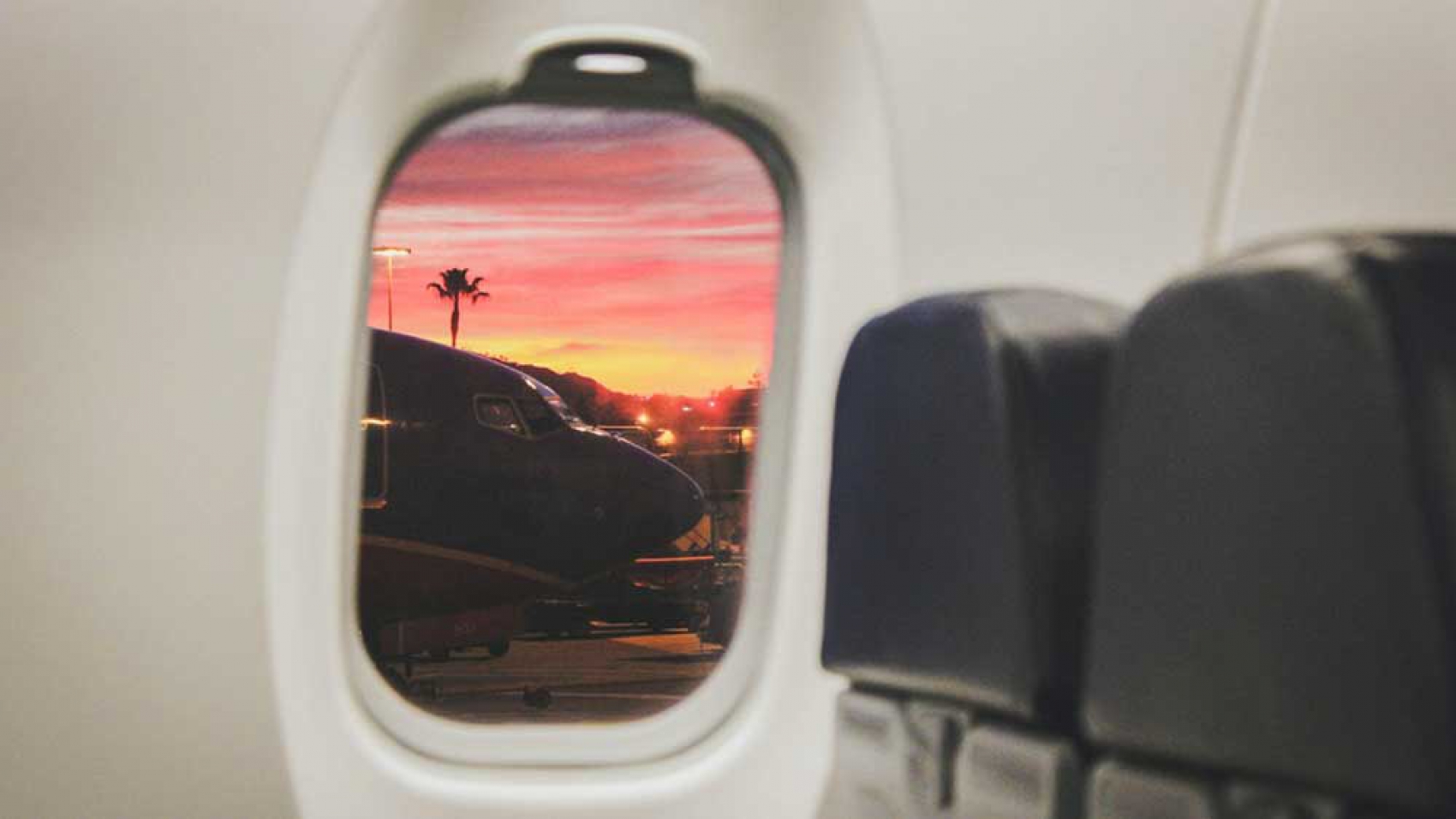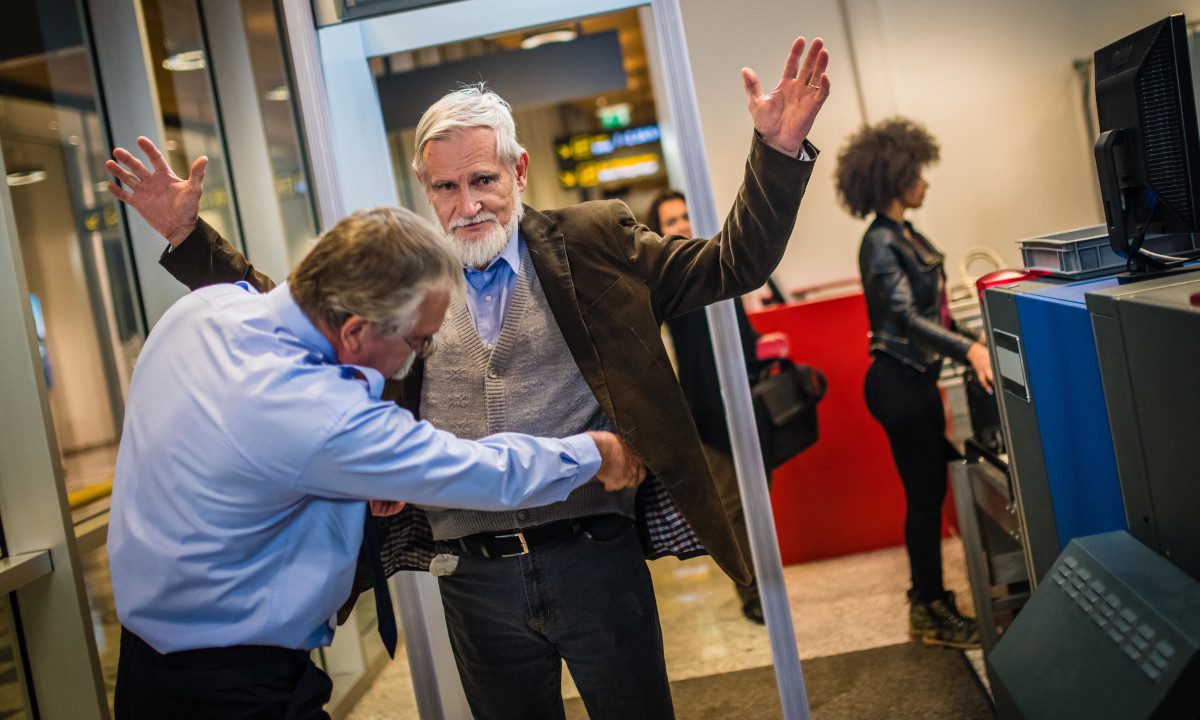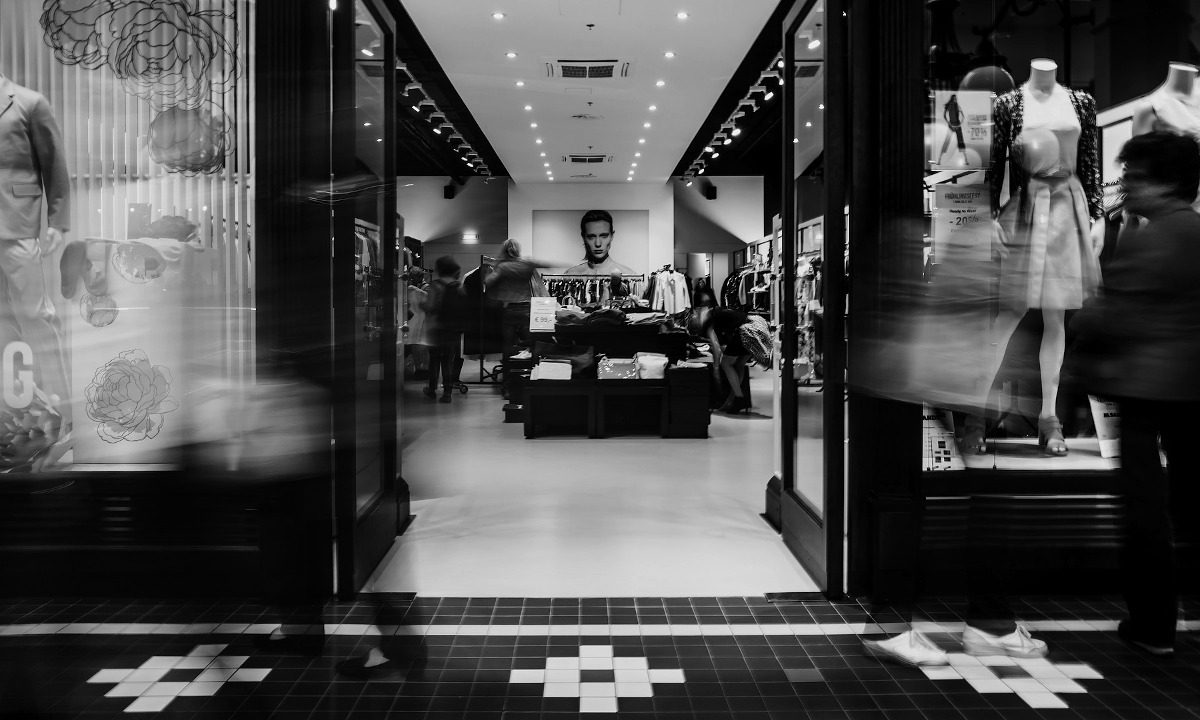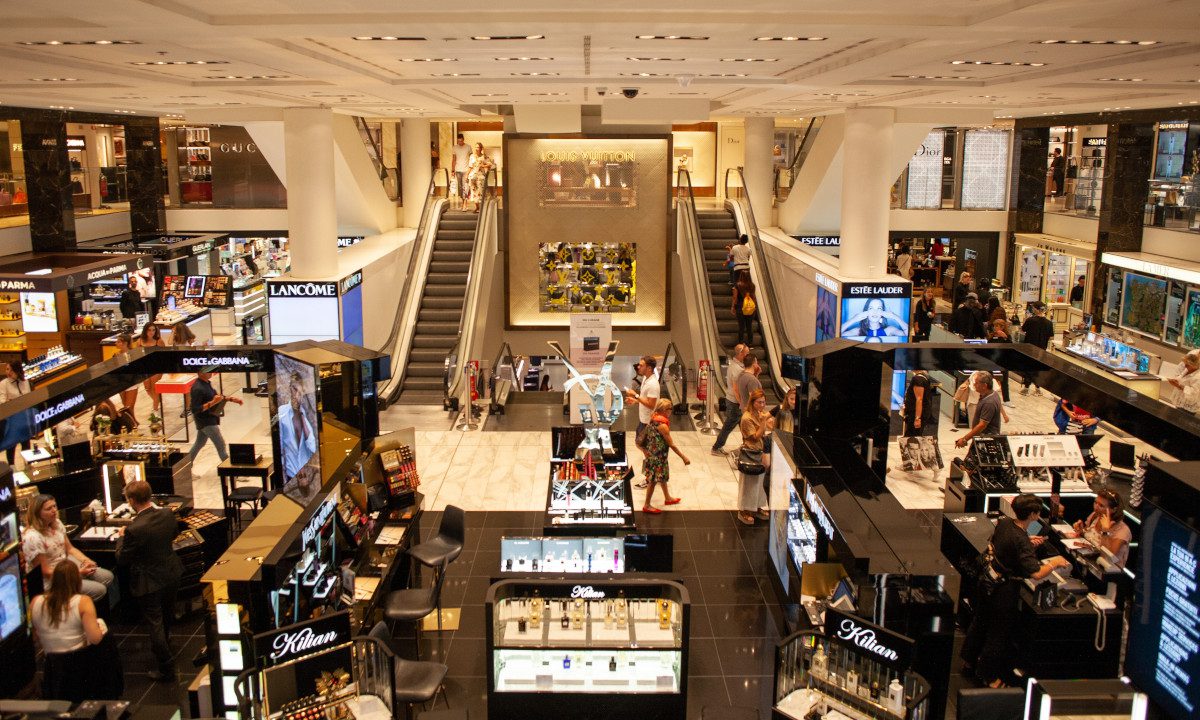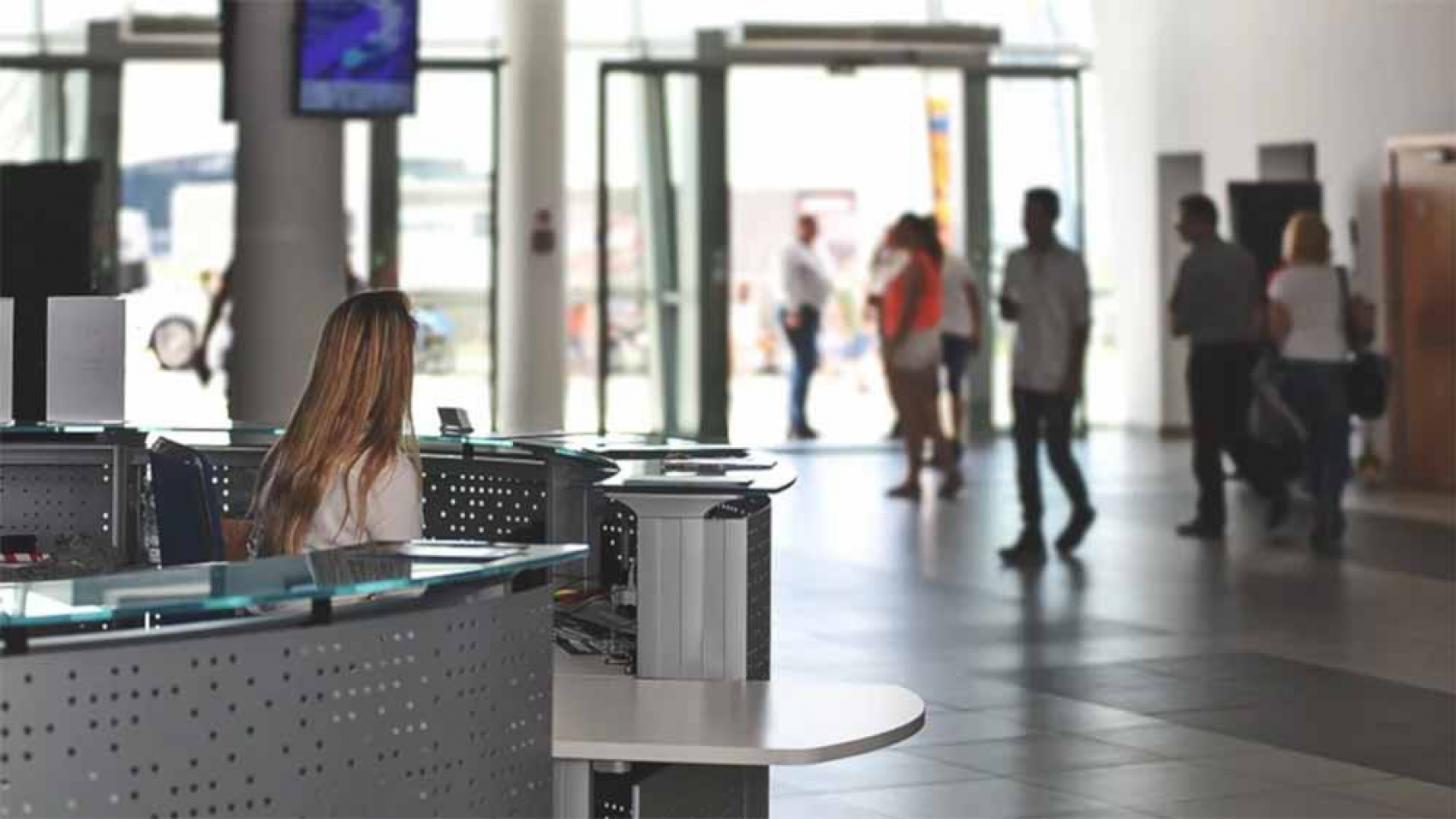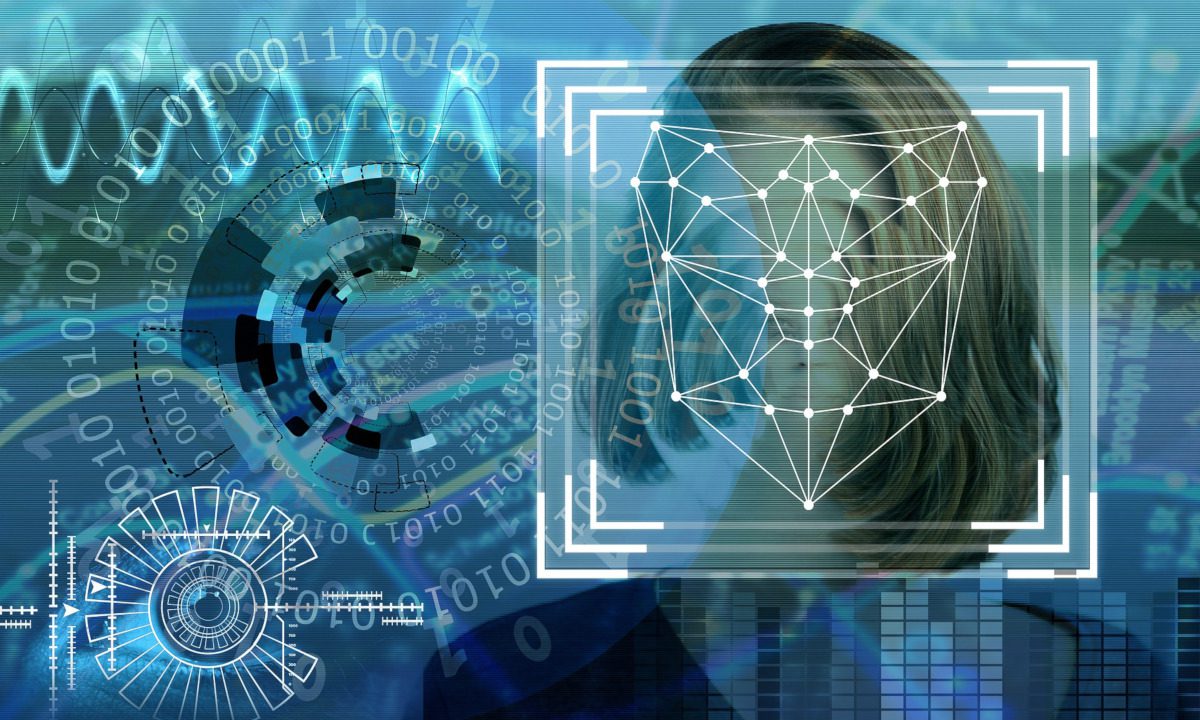The Pandemic
The world was caught unprepared for Covid-19 and its profound consequences on public health and the economy. In just the first six months following its discovery, the highly contagious virus was able to infect over ten million people globally, and has been responsible for at least half of a million deaths around the world in as much time.
Since the outbreak, the pursuit of workplace wellness has dramatically accelerated. Workplace wellness encompasses the physical health and safety of its employees, also how they can successfully perform their jobs and how they interact with one another.
Workforce Vulnerabilities
Most jobs (office, engineering, construction, government, etc..) can be broken down into daily tasks that have at least some element of human interaction – this may act as a channel for the virus to spread. Jobs that involve these tasks not only expose employees to risk of infection, they can also increase the spread of the virus by acting as a distribution network for it.
The challenge is in reformatting these jobs to keep our workforce healthy and productive. Checking temperatures at entrances, maintaining social distancing during working hours, assisting health professionals with contact tracing – these are just a few examples of what offices will need to do in order to reopen safely.
Enhancing Building Automated Systems with Edge AI
Edge AI driven video analytics from Gorilla provide reliable solutions to slow the spread of the virus. Integrating and deploying facial recognition access control, attendance systems, and smart parking solutions with current building automation systems to automatically monitor compliance in many ways are now possible. To name a few:
- Performing screening for fevers and masks at entrances and other key zones.
- Using crowd detection in cafeterias and break rooms to ensure proper social distancing is followed.
- Assisting health authorities with link analysis & contact tracing when positive cases come to light.
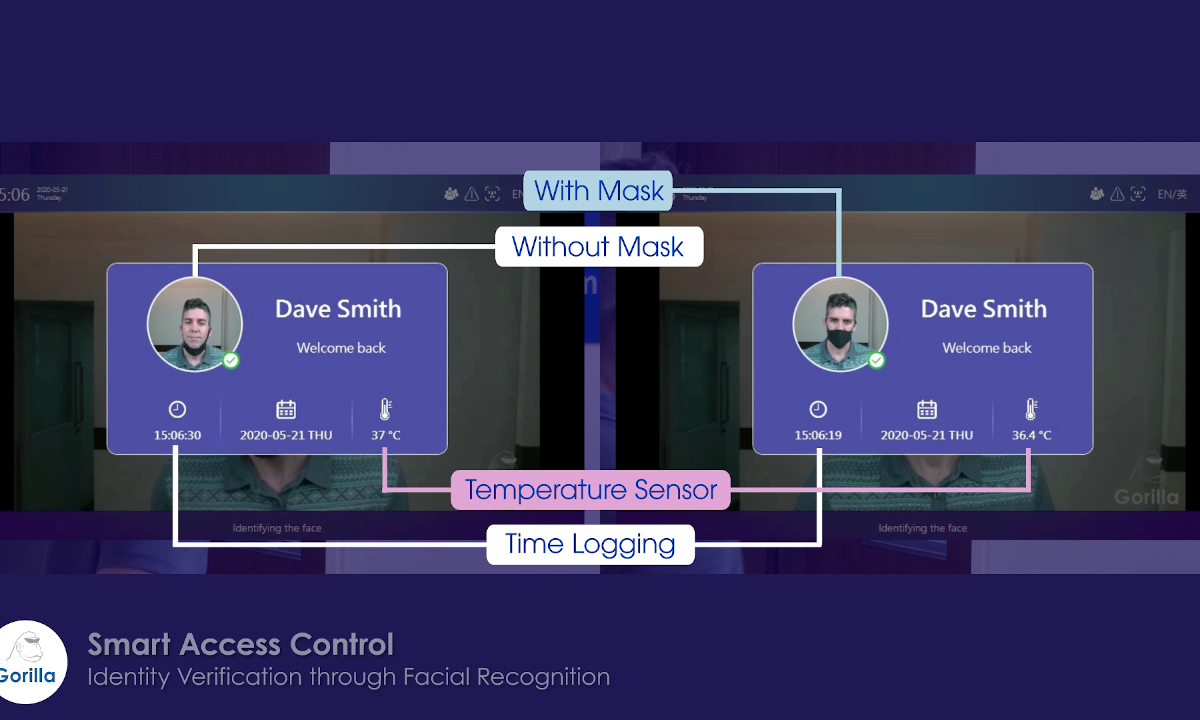
Post-Pandemic Area Management solutions from Gorilla can also help maintain public safety and order – something that will prove to be a challenge as lockdown measures result in closed businesses and greater economic hardship for many people.
Gorilla’s offerings of behavior analytics, intrusion detection, loitering detection, direction violation detection, fighting detection — these can all help minimize the prospect of looting, vandalism, robberies. Gorilla is reaching out to assist law enforcement in preserving public order during this trying time.

While the health crisis is far from over and the full impact of the virus and global lockdown is still to be seen, we know we will get through this. We will return to our workplaces as they are re-tooled into safer and smarter environments – and Gorilla will help get us there.

